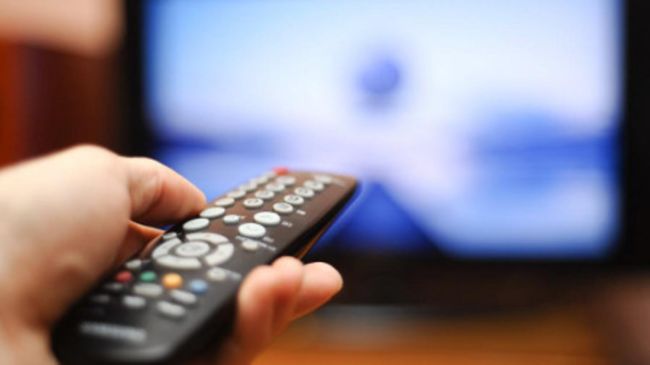Pay-TV Likeliest Cut as Pandemic Viewing Habits Solidify, Hub Reports
Streaming and vMVPD services are replacing pay-TV

BOSTON—A year into the pandemic, consumers’ new habits of increased TV viewing and streaming are becoming entrenched, according to the latest Hub Entertainment Research study. Even so, things aren’t all rosy, as pay-TV is turning into the easiest service to drop amid the plethora of options available.
These statistics come from Hub’s latest “Predicting the Pandemic” research, which compared responses from three different times over the last year—July 2020, November 2020 and February 2021.
Last July, 69% of respondents told Hub they were watching more TV at that time than they did before the pandemic; the numbers were similar (70%) in November. But as of February that percentage shot up seven points to 77%, with 42% saying they watched a lot more TV than prior to the pandemic.
More consumers are also adding new services. Hub found that 44% of respondents said that they have added at least one subscription service during the pandemic, up 10 points from November 2020. Related, a quarter of respondents said that they had dropped at least one TV service; that number was at 18% in July 2020.
Per Hub’s research, a good chunk of those dropped services were likely pay-TV. Since November 2020, cable, satellite or telco TV services fell by 9 points, with 62% of TV consumers saying they subscribe to such a service. More people are opting to go with vMVPD services (YouTube TV, Sling TV, etc.) to access local and cable channels, as the percentage of vMVPD subscribers has increased from 11% in February 2020 to 21% in February 2021.
Consumers’ mentality around pay-TV has also shifted over the last year. In July 2020, 69% of consumers said that they would have still cut their pay-TV services if the pandemic had not happened. But as of February, that number has increased to 89%.
Meanwhile, all the major streaming platforms (Netflix, Amazon Prime Video, Disney+, Hulu and HBO Max) have seen steady increase in subscription numbers. HBO Max has seen a significant increase in subscriptions since November 2020, which HUB attributes to its decision to release 2021 Warner Bros. movies the same day as they debut in theaters. However, HBO Max is also the service that most consumers would consider dropping post-COVID.
The professional video industry's #1 source for news, trends and product and tech information. Sign up below.
In addition, more people are now using AVOD streaming services, growing from 34% in February 2020 to 58% in February 2021.
“What’s been most interesting to us in our pandemic-related research has been trying to determine which pandemic-induced changes in TV behavior will persist once life begins to return to normal,” said Peter Fondulas, principal at Hub and co-author of the study. “This wave of the study strongly suggests that Americans have grown more than just accustomed to the TV viewing adjustments they’ve made during the pandemic, and are ready to embrace a new, streaming-centric normal.”
The full “Predicting the Pandemic” report is available on Hub’s website.
